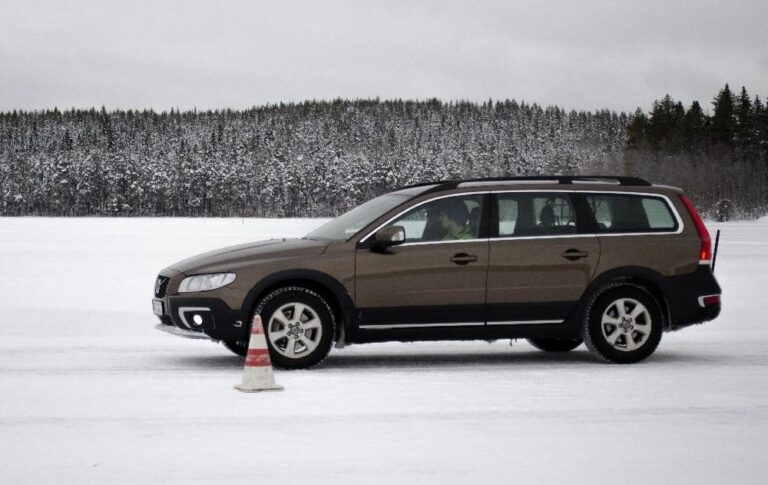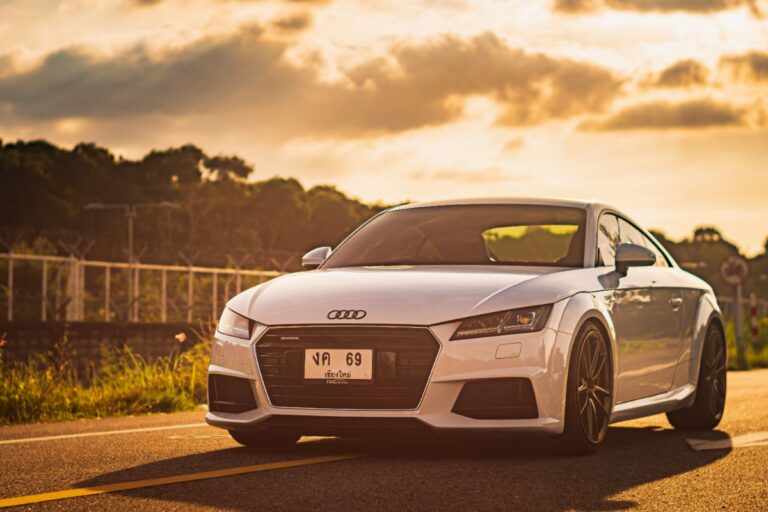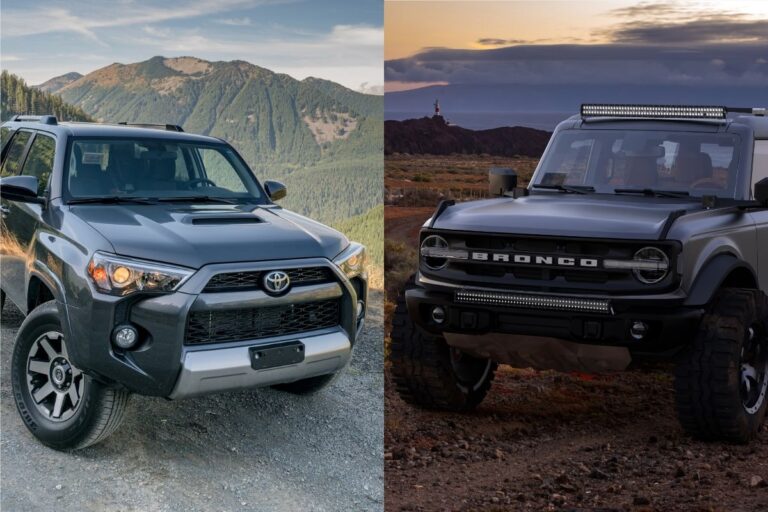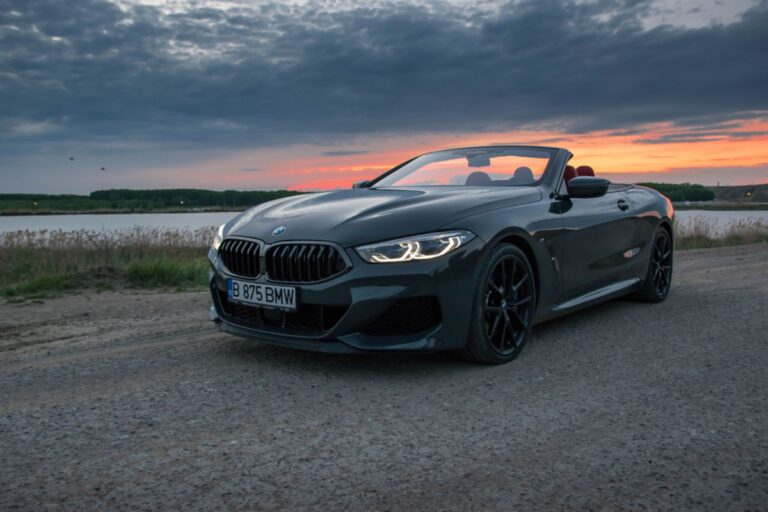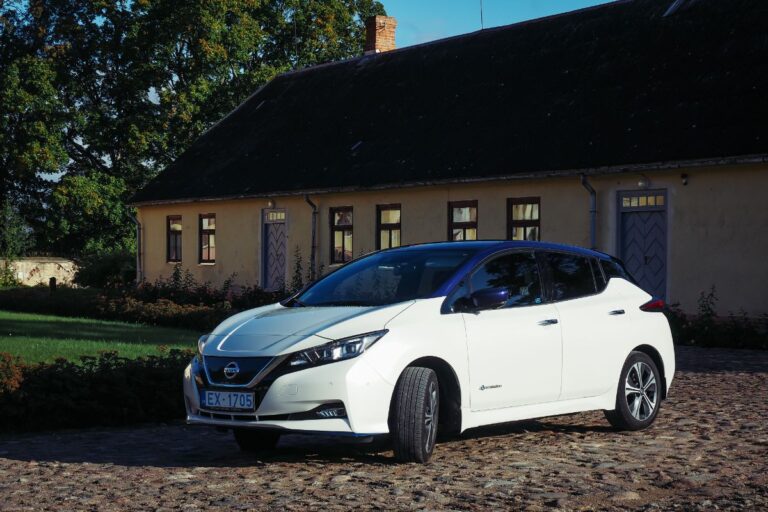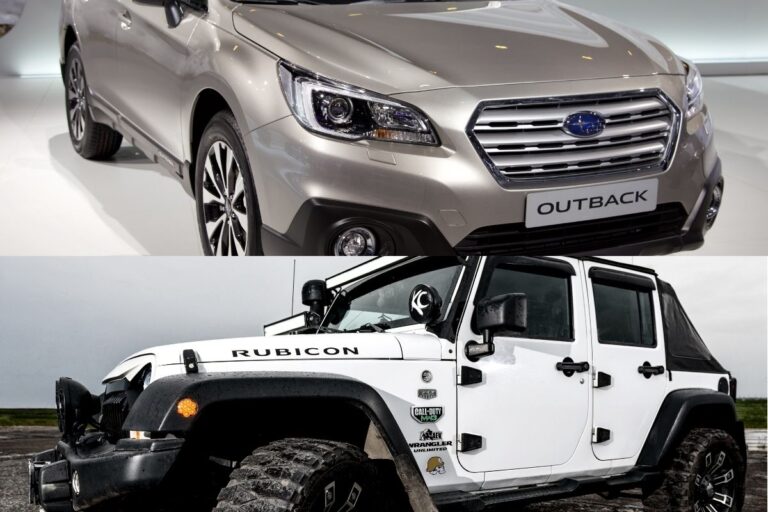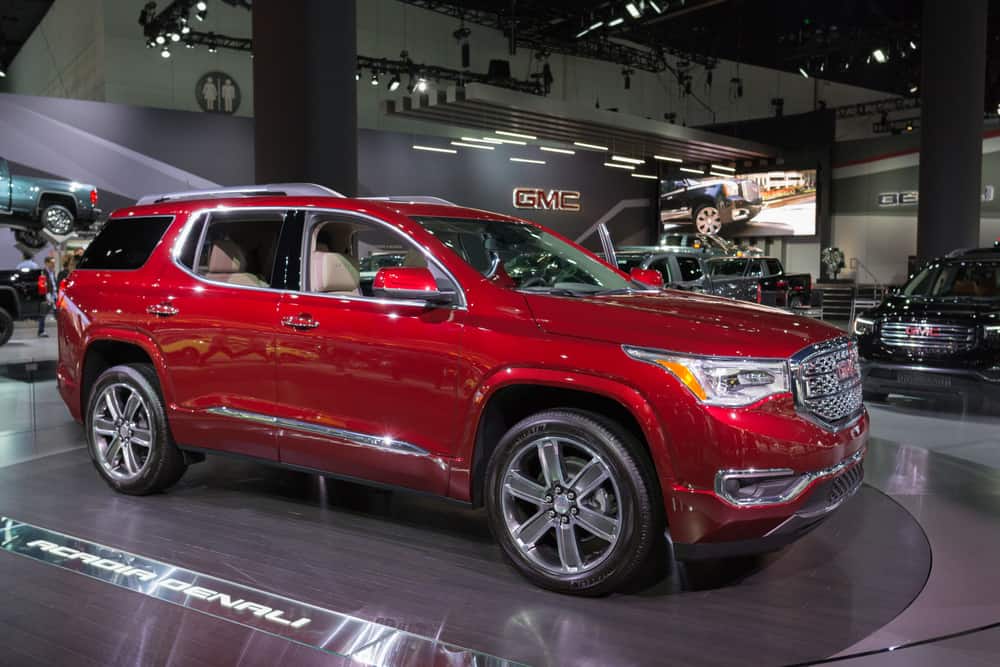
If you’re in the market for a reliable, safe family carrier, you’re probably comparing notes to see whether the Highlander or the Acadia has the most to offer. Three-row SUVs such as these need to provide loads of space, comfort, and protection for your family, but how do you know which one is the best bet?
The Highlander and the Acadia cost around $35k for a base model and are similarly equipped with standard features. The Highlander can seat more passengers, has a hybrid powertrain that uses less fuel, and achieves the best safety ratings, despite the Acadia offering a more potent engine.
While neither of these options is particularly exciting or modern, they have solid reputations, having been around for quite some time. So, which of these is the best buy?
On The Outside
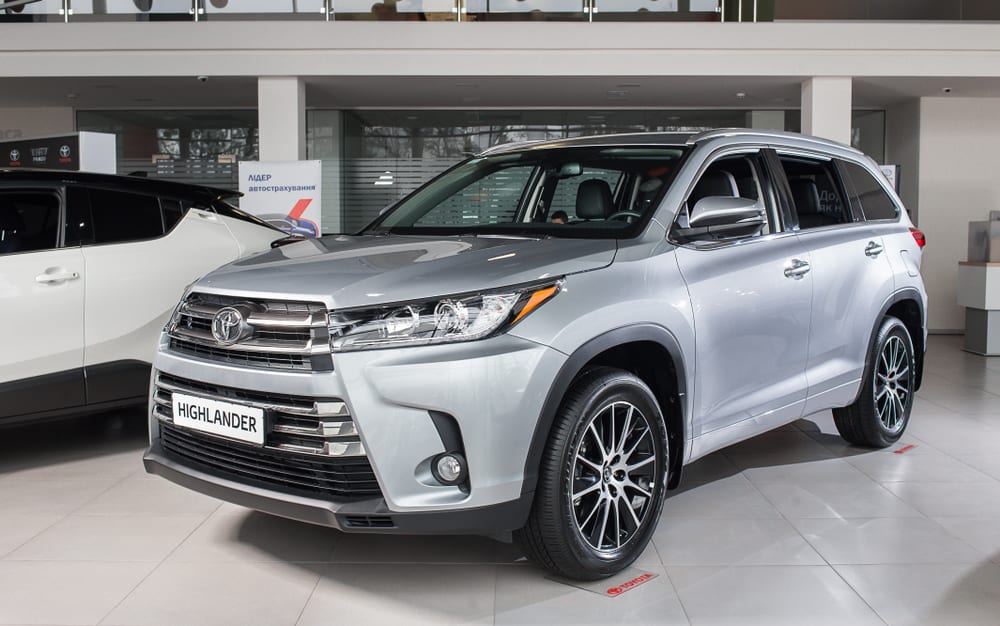
The traditional SUV is large and in charge with assertive proportions and an overall look that supports capability. To this end, the Highlander’s aggressive stance comes courtesy of 18-inch wheels on entry-level models, while upper-tier trims have 20-inch alloys in the arches.
LED lights are standard across the range, and the sportier models boast a black mesh grille and lower spoiler in the front. To emphasize luxury, the more expensive models have a tilt-and-slide moonroof.
The GMC Acadia has a very similar nondescript look to the Highlander, with more or less the same proportions. Neither particularly stands out for modernity, but the Acadia does offer a more aggressive front end.
Acadia SUVs also have LED lights, with the upper trims getting LED fog lamps additionally. Wheel sizes are the same, but the Acadia offers the AT4 off-roading-focused trim that comes with 17-inch wheels wrapped in all-terrain tires and blacked-out exterior goodies for a more rough-and-ready look.
Step Inside
Seating and Upholstery

Despite these two SUVs sharing similar dimensions – with both stretched over a wheelbase of 112 inches or more – manufacturers have prioritized interior space. Both are three-row SUVs, but the Highlander can seat eight passengers, the Acadia can only carry seven at a push.
The curse of three-row SUVs is common here, which pertains to a tight and cramped third row. The Acadia is best suited to six passengers if space to stretch out is the key. Both the Highlander and Acadia can be optioned with captain’s chairs for the second row.
In terms of upholstery, the hard-wearing cloth is standard fare on base trims for both these family haulers. But, whereas the Highlander has faux leather in mid-spec models and genuine hide-on-top trims, the Acadia jumps straight into leather from the SLT trim upwards.
Cargo Space

Having enough room to seat passengers isn’t the only important metric. There needs to be sufficient space to store cargo in this segment, whether that implies school bags, grocery shopping, or luggage for a weekend away.
Behind the third row of seats, the Highlander provides 16 cubic feet of space, while the Acadia only has 12.8. And, with the back row of seats folded down, you get 48.4 cubes in the Highlander and 41.7 for GMC’s SUV. For maximum space, you’d need to fold down all the seats, which opens up just under 85 cubic feet in the Toyota and 79 for the Acadia.
Features And Infotainment

Any family-focused SUV needs to have sufficient features to keep everyone comfortable and entertained, and to that end, Toyota has been generous. Three-zone climate control, power-adjustable front seats, numerous USB ports, and device-charging outlets are standard across the range, and seat heating and ventilation come in on upper trims. GMC offers a similar spec sheet, although base models feature manually adjustable seats.
Safety features are even more critical. The Highlander boasts road-sign detection, pre-collision warning, full-speed radar cruise control, pedestrian detection, and a color head-up display on top-end trims. The Acadia has lane departure warning, lane keep assist, automatic emergency braking, blind-spot monitoring, front and rear park assist, and rear-cross traffic alert.
The Acadia has an eight-inch touchscreen display to work with, featuring Apple CarPlay and Android Auto as standard, Bluetooth, and SiriusXM when it comes to entertainment. Six speakers are standard on lower trims, while a premium eight-speaker Bose unit can be had higher up in the range. The Highlander has more to offer in the upper-spec models, with an available 12.3-inch display and an 11-speaker JBL sound system.
Under The Hood
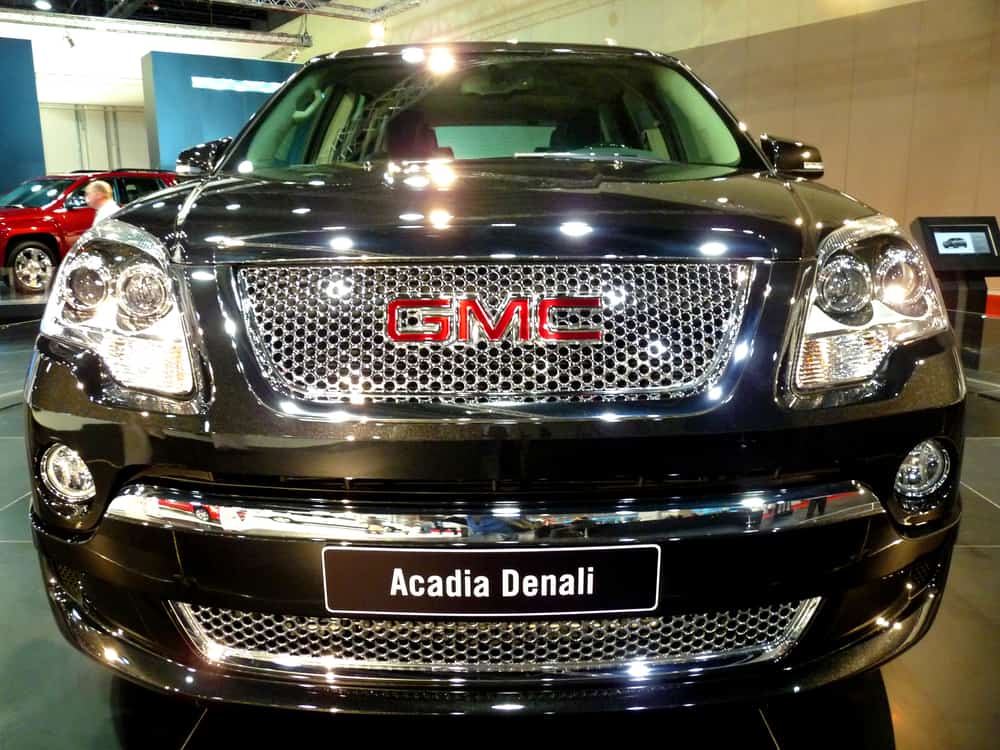
To move ponderous beasts like these requires enthusiastic powertrains, and considering these large Utes both weigh more than 4,500 pounds in their heftiest guise, whatever is under the hood needs to be strong.
Engine And Performance

With the continuing drive to eco-friendly power sources, it’s good to see Toyota offering hybrid options in its lineup. This means a combined 243 horsepower from the hybrid setup, while the standard 3.5-liter V6 gas engine has 295 hp and 263 lb.-ft of torque for the Highlander.
These outputs mean the Highlander needs around 7.3 seconds to hit the 60 mph mark, but there’s impressive towing capacity ranging from 3,500 lbs. with the hybrid to 5,000 with the gas motor.
Although not offering a hybrid, the Acadia comes with a choice of two powertrains, starting with a 2.0-liter turbocharged four-cylinder which makes 228 hp and 258 lb.-ft. On certain trims, you get access to a more potent 3.60liter V6 with 310 hp and 271 lb.-ft that allows for a 6.5-second sprint to 60 mph. Maximum towing capacity for GMC’s SUV ranges from 1,500 lbs. to 4,000.
Drive Experience
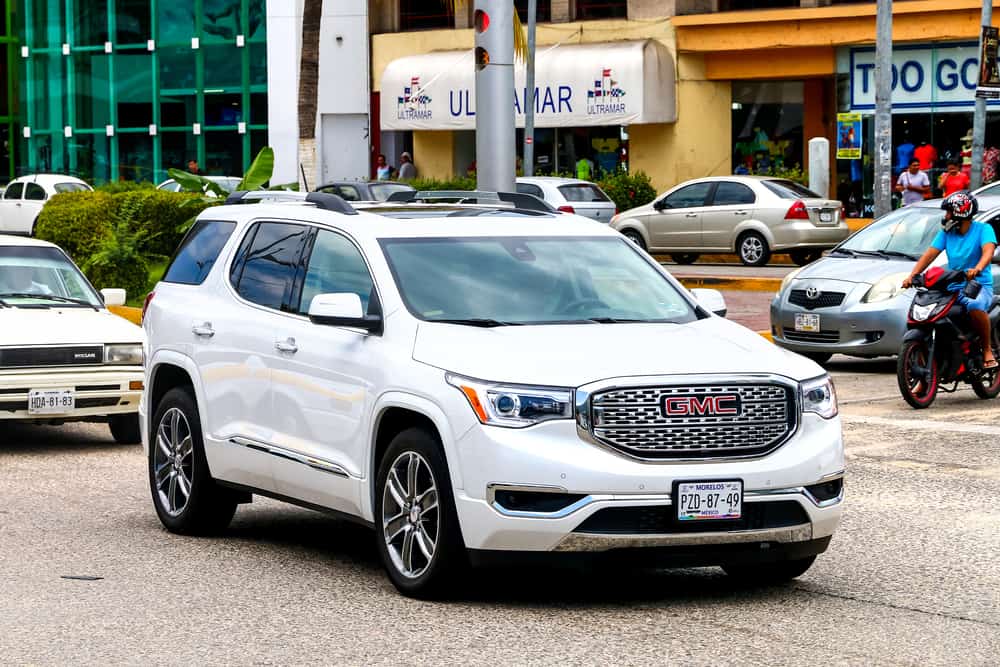
Ponderously large vehicles tend to float and wallow, especially in corners. But there’s none of that here. Both show a bit of nose-dive under heavy braking and lean slightly through aggressive turns, but the ride is generally comfortable, compliant, and controlled.
Size matters, though, which means maneuvers in tight spaces have to be carefully conducted, and while passing and merging on highways is easy, you have to be aware of leaving sufficient space for other cars when you do. Thanks to a list of features and driver assists, neither of these are hard to pilot.
At The Pumps
Budgeting for fuel is essential in general, but even more so when you’ve got a family to think about. The benefit of a hybrid option is evident at the pumps, and the EPA estimates the hybrid Highlander will achieve figures of 36/35/36 mpg on city/highway/combined cycles. The gasoline variant achieves 21/29/24 mpg in the front-wheel-drive configuration, which drops further if you opt for the all-wheel-drive setup.
For the Acadia, the EPA gives ratings of 22/29/25 mpg for the base 2.0-liter turbocharged powertrain, which is slightly better than the Highlander’s gas motor. If you have the V6 equipped, though, these figures drop to a rather dismal 19/27/22 mpg with FWD and 19/26/21 mpg with AWD.
Safety First
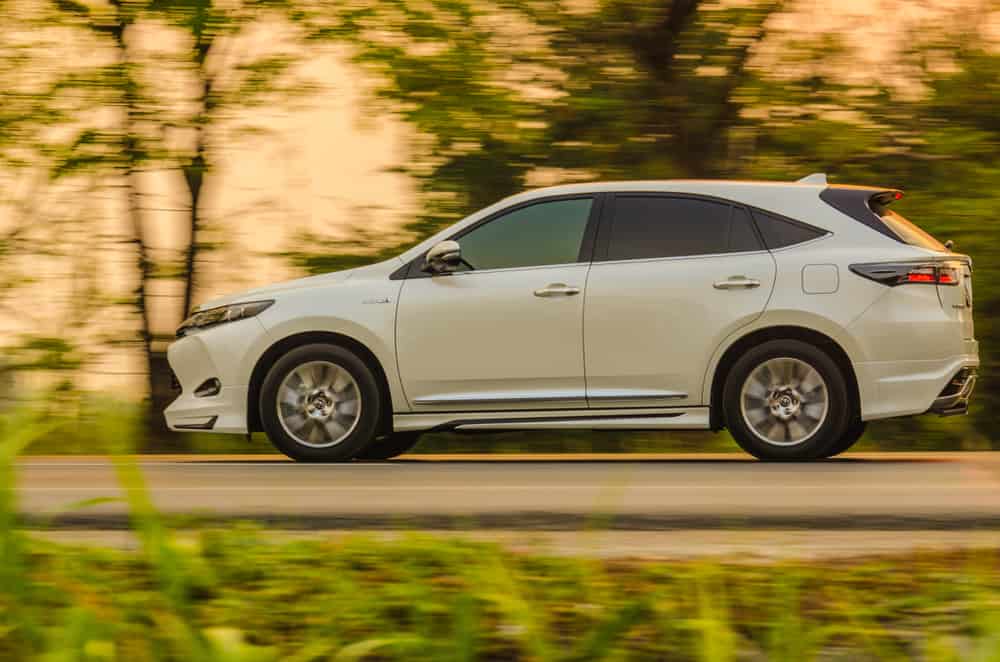
Toyota’s reputation for providing a comprehensive safety system is echoed in the safety ratings issued by such authorities as the NHTSA and IIHS. The Highlander was given a full five-star rating in crash tests from the NHTSA, and the IIHS bestowed a Top Safety Pick + award on it for the latest model year.
The Acadia’s ratings are nothing to sniff at either, with NHTSA tests revealing an overall five-star rating and six top scores from the IIHS for a variety of crashworthiness evaluations. Both the Acadia and the Highlander are generously equipped with safety features.
Pricing Comparison
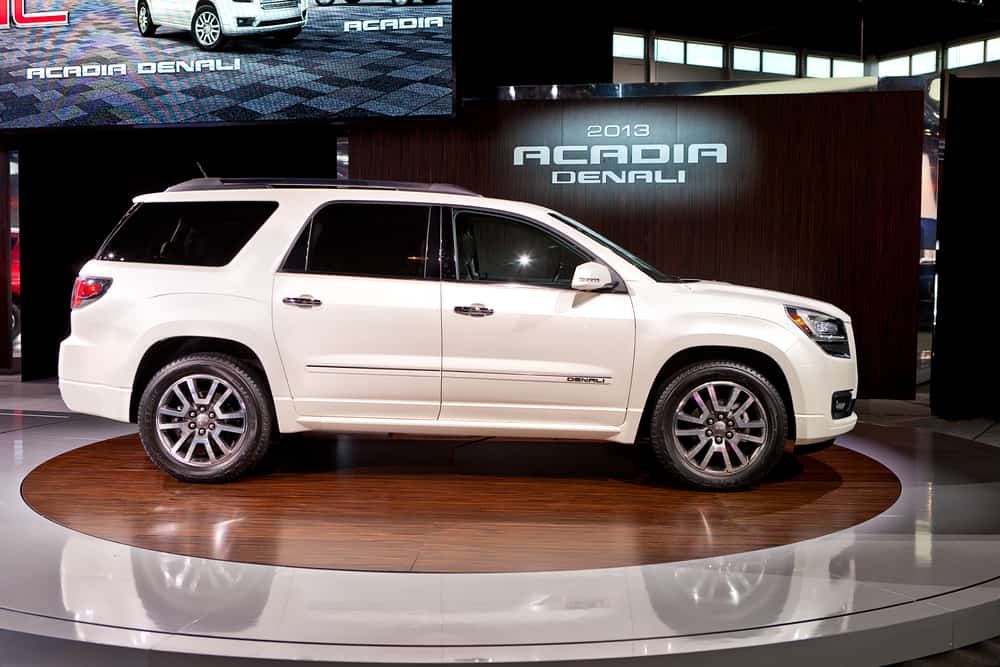
Starting costs for SUVs tend to be high, but both Toyota and GMC have found a good middle ground in offering well-built, comprehensively equipped models for a reasonable price. Highlanders start at around $35k at the entry point to the range but can cost you close to $50k for fully loaded models. And, if you’re going green and want to opt for the hybrid, starting prices are around $4k on top of that.
With a very similar pricing structure, you could get behind the wheel of a base Acadia for just under $35k. Trims that feature the powerful V6 require an outlay of around $41k, and, like the Toyota offering, plush top-end trims reach the $50k mark without batting an eye.
And The Winner Is…
Although both SUVs have a lot to offer, in this segment, most buyers are looking for a safe and reliable vehicle to transport their most precious cargo – families. In this regard, choosing a car that has the highest safety ratings, the most comprehensive specification of assists and features, and offering good reliability expectations is what you should aim for.
So, while the Acadia does everything well, the Highlander does it just a little better.
References:
Car and Driver: 2021 Toyota Highlander
U.S. News: Toyota Highlander
U.S. News: GMC Acadia
Car and Driver: 2021 GMC Acadia
National Highway Traffic Safety Administration
U.S. Department of Energy: Fuel Economy

